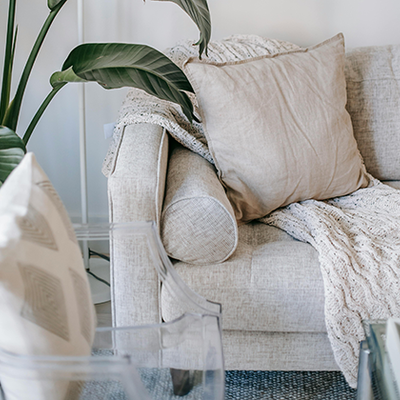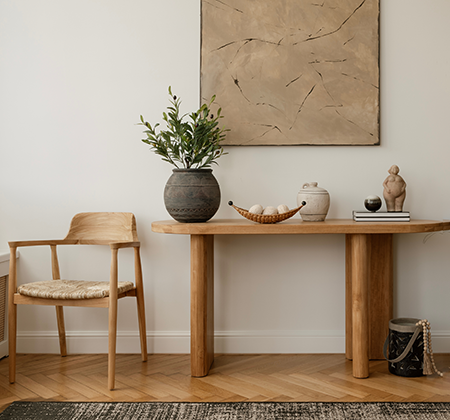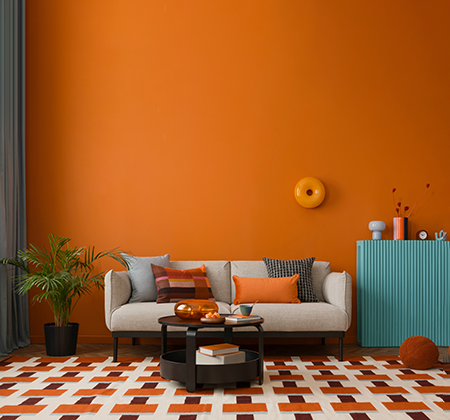Furniture isn't just functional—it sets the tone for how you live, feel, and relax in your space. But with trends shifting, families growing, and wear and tear creeping in, it's natural to wonder:
"How often should I really be upgrading my furniture?"
The answer depends on the type of piece, your lifestyle, and whether it still works for you. Let’s break it down.
Sofas: Every 7–15 Years
Sofas really take a beating every day! From naps, guests, movie nights, and maybe even pets and kids. Most quality sofas last around 10 years, but you might want to upgrade sooner if:
- Cushions are sagging or uneven
- The fabric is torn, stained, or faded
- It no longer suits your space or style
Tip: If the frame is good, reupholstering is a great refresh without the full cost.
Mattresses & Bed Frames: Every 8–10 Years
A quality mattress should be replaced every 8 years for comfort and hygiene. Bed frames last longer—10–20 years, especially solid wood or metal ones—but if yours creaks, wobbles, or no longer supports your mattress, it may be time to upgrade.
Bonus sign: If you wake up with aches, it’s probably not your age—it’s your mattress.
Dining Tables & Chairs: Every 10–20 Years
A sturdy dining set can last decades—but your needs might not. Consider an upgrade if:
- The table is scratched, unstable, or too small for gatherings
- The chairs are uncomfortable or outdated
- Your family or home layout has changed
Pro tip: Swapping out chairs or repainting can stretch the life of a table with a solid base.
Storage Furniture: When It Stops Working for You
Bookshelves, sideboards, TV units, and bedside tables can last a long time, but the way you live changes faster. Upgrade when:
- You're short on space or need smarter storage
- The style no longer fits your home
- It’s become a clutter magnet, not a solution
You don’t need to overhaul your home every few years—but keeping an eye on comfort, style, and practicality ensures your furniture grows with you. Start with key pieces (sofas, beds, storage), and refresh smaller items like lighting, textiles, and homewares along the way.
And remember upgrading doesn’t always mean buying brand new. Clearance furniture, second-hand gems, or upcycled finds can breathe new life into your home—without the high price tag.




